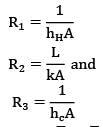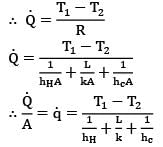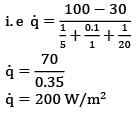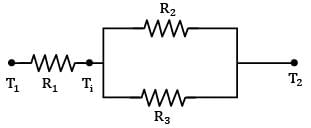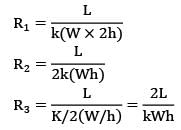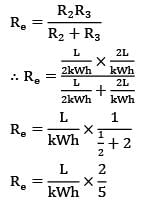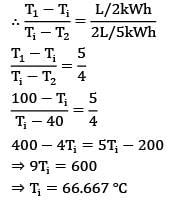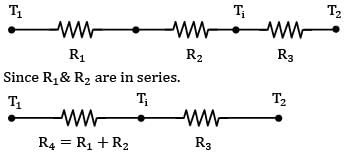Test: Introduction To Heat Transfer Level - 2 - Chemical Engineering MCQ
10 Questions MCQ Test - Test: Introduction To Heat Transfer Level - 2
For a metal, thermal conductivity decreases with rise in temperature. Which of these is an exception?
For a given heat flow rate and for the same thickness, the temperature drop across the material will be maximum for
Consider bronze, an alloy of copper and tin. It’s thermal conductivity is __________ the thermal conductivity of copper and tin
Find out the heat flux (in W/m²) between two fluids separated by a planar wall as shown in the figure.
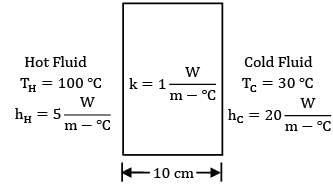
With increase in pressure, the thermal conductivity of an ideal gas __________.
The coefficient of convection, for heat convection between a solid surface and adjacent fluid does not depend upon
Consider a composite slab maintained at steady state as shown in the figure.
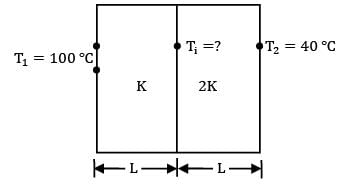
If the leftmost and rightmost surface of the slab are maintained at temperature values of 100°C & 40°C respectively, find out the interface temperature.
Consider a composite slab as shown in the figure.
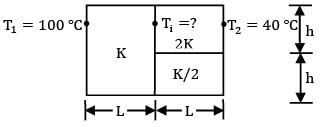
If the left most and right most surfaces are maintained at temperatures of 100°C & 40°C respectively, find out the interface temperature in ![]() in °C
in °C
Consider a light bulb of 100 watts power. When switched on, what is the surface temperature of the tungsten filament in °C. Suppose the surface to be a black surface having value of area equal to 8 x 10-5 m2
For the composite slab shown in figure, find out when k represents thermal conductivity and L represents thickness.






